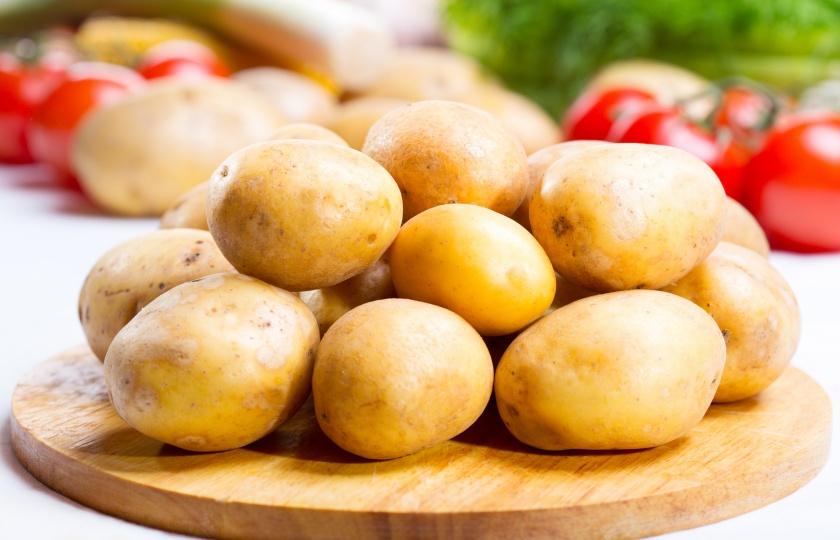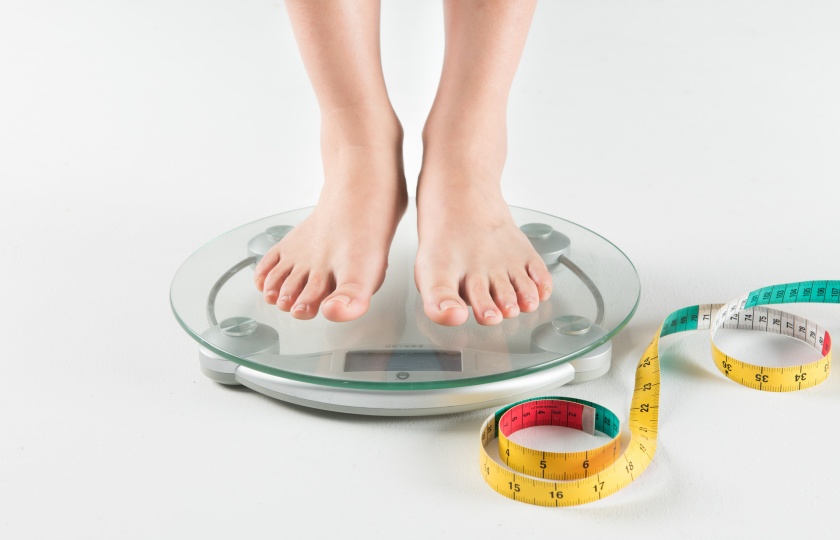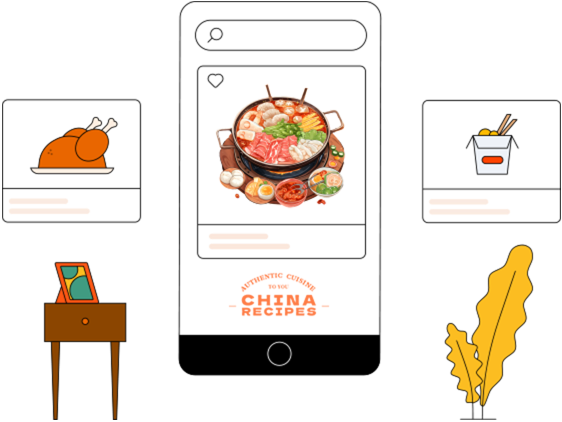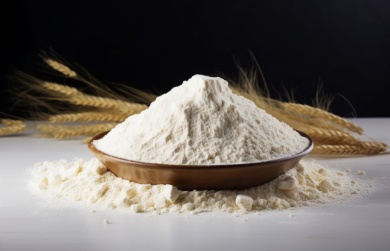Lowest - Calorie Potato? Find Out Now

Potatoes generally have a relatively low calorie content. But which type of potato has the lowest calories? Let's take a look!
Lowest - Calorie Potato
The calorie content of potatoes can be affected by factors such as variety, starch content, and cooking method.
For potatoes of the same weight, here are several potato varieties with relatively low starch content:
Dutch Potatoes: They have a relatively low starch content and calorie level. Approximately, every 100 grams of Dutch potatoes contains 70 - 80 calories. They are suitable for people during their diet management periods. With a tender and crispy texture, they can be used to make cold dishes.
Red Potatoes: These are rich in dietary fiber. The dietary fiber can promote the peristalsis of the human gastrointestinal tract. Their calorie content is relatively low, with about 75 - 85 calories per 100 grams. They have a soft and waxy texture, making them suitable for making salads.
Purple Potatoes: These are rich in anthocyanins and dietary fiber. Eating an appropriate amount can not only help to remove free radicals from the human body but also promote gastrointestinal peristalsis, which is beneficial to human health.
New Potatoes: As a new variety, they have a relatively high water content, a relatively low starch content, and thus a low calorie count. Every 100 grams of small new potatoes contains about 70 - 82 calories. Due to their small size, you can eat them one by one without any burden.
In addition, the calorie content of potatoes is also affected by the cooking method. To keep the calorie intake low, boiling and steaming are the best choices. These methods not only have low calorie outputs but also preserve the nutrients of the potatoes to the greatest extent.
On the contrary, deep-fried potatoes have a very high calorie content and are not suitable for people during their weight management periods.
What Is the Best Potato for Weight Loss?
If you are controlling your weight, the Dutch potatoes, red-skinned potatoes, purple potatoes, and new potatoes mentioned above can all be eaten. These potatoes have a low starch content, a relatively low glycemic index, and not a high calorie count.
These potatoes are a very healthy source of carbohydrates. They are rich in dietary fiber, vitamins, antioxidants, potassium, and other substances. Eating an appropriate amount will not only not affect weight loss but also provide nutrients for the human body.
However, when eating potatoes during weight loss, you must pay attention to the cooking method. Avoid deep-frying potatoes, otherwise, it not only will not help with weight loss but may even lead to weight gain. During the frying process, potatoes absorb a large amount of oil, which increases their calorie content.
During weight loss, recommended cooking methods for potatoes include boiled potatoes, steamed potatoes, and baked potatoes. These methods can retain the original nutrients of the potatoes well. In addition, you can eat the potatoes with their skin on. Potato skins are rich in dietary fiber, which can promote gastrointestinal motility to some extent, enhance the sense of fullness, and at the same time reduce the intake of other high-calorie foods.
Finally, during weight loss, don't just eat potatoes. You can pair them with some protein and high-quality fat. For example, you can combine boiled potatoes with chicken breast, olive oil, and vegetables to balance your nutrition.
Which Type of Potato Is Healthiest?
To determine whether a potato is healthy, you need to analyze it from aspects such as calorie content, glycemic index, and nutrition. Under normal circumstances, potato varieties with low calories, a low glycemic index (GI), and high nutrition are considered good.
Here are several types of healthy potatoes I've summarized:
Red Potatoes
They have a higher dietary fiber content than ordinary white potatoes, which is more beneficial for promoting the health of the human gastrointestinal tract.
At the same time, their glycemic index (GI) is very low. Compared with russet potatoes, they are less likely to cause large fluctuations in blood sugar.

Purple Potatoes
These contain a large amount of anthocyanins, which have strong antioxidant properties. They can help remove free radicals from the human body, play a certain antioxidant role, and also contribute to anti-inflammation and cardiovascular protection.
At the same time, the glycemic index of purple potatoes is also very low. They are less likely to cause a rapid rise in blood sugar compared to ordinary white potatoes.
New Potatoes
As a new type of potato, they are relatively small in size. But they have a low water content, a low starch content, and a low calorie count. Eating an appropriate amount is not likely to cause a burden on the human gastrointestinal tract.
They are rich in vitamin C. Eating an appropriate amount can help enhance the human immune system.
What Has Fewer Calories, Sweet Potato or Potato?
Potatoes have a slightly lower calorie content, but the difference is not significant.
From the perspective of calorie content, every 100 grams of potatoes contains approximately 81 calories, while every 100 grams of sweet potatoes contains about 99 calories. So potatoes have a lower calorie content.
However, the calorie content of sweet potatoes and potatoes can be affected by factors such as variety and cooking method. Some potato varieties with a high starch content will have a higher calorie content than ordinary potatoes. At the same time, sweet potatoes with a higher water content will have a lower calorie content.
In addition, in terms of cooking methods, steaming and boiling will not change the calorie content of potatoes and sweet potatoes much. But if they are made into foods such as French fries, potato chips, or candied sweet potatoes, due to the addition of a large amount of oil, sugar, and other ingredients during the cooking process, their calorie content will increase significantly.
In general, if only considering calorie content, potatoes have a lower calorie count. But if you also need to take into account the cooking method, you need to analyze based on the actual situation.
How Many Potatoes Should I Eat a Day to Lose Weight?
I recommend that during weight loss, about 100 - 150 grams of potatoes per day is sufficient.
Potatoes are high in carbohydrates. Although they have a relatively low calorie content, eating too much may still burden the gastrointestinal tract, which is not conducive to weight loss.
As we know, every 100 grams of potatoes contains approximately 81 calories. Eating 100 - 150 grams of potatoes per day can provide the human body with 80 - 121.5 calories. During weight loss, we need to create a calorie deficit. This amount of potato consumption can not only enhance the sense of fullness but also reduce the intake of other high-calorie foods, which is helpful for weight loss.
In addition, from a nutritional perspective, eating 100 - 150 grams of potatoes per day is sufficient to supply the human body with high-quality carbohydrates, dietary fiber, vitamin C, and other substances, which is beneficial to human health.
Tips:
Don't just eat potatoes during weight loss. You can pair them with some high-protein meats and fruits to ensure a balanced nutrition. At the same time, choose the right way to consume them. Try to choose boiling, steaming, or baking methods and avoid frying.
How Many Calories Should I Eat to Lose Weight?
I recommend reducing calorie intake by 500 - 1000 calories per day during weight loss.
Calculate Your Basal Metabolic Rate (BMR)
For women: BMR = 655 + (9.6 × weight in kg) + (1.8 × height in cm) - (4.7 × age in years)
For men: BMR = 66 + (13.7 × weight in kg) + (5 × height in cm) - (6.8 × age in years)
However, everyone's basal metabolic rate is different. The basal metabolic rate refers to the energy required by the human body to maintain basic life activities in a quiet state. Activities such as heartbeat, breathing, and cell metabolism all require energy.
For example, for a 25-year-old woman who weighs 55 kg and is 160 cm tall, her basal metabolic rate is approximately 655 + (9.6×55) + (1.8×160) - (4.7×25) = 1328.5 calories. Even if she doesn't do anything all day, this is the energy required for her body to maintain basic functions.

Activity Coefficient
Sedentary (little or no exercise): BMR × 1.2
Light exercise (1 - 3 days of light physical activity per week): BMR × 1.375
Moderate exercise (3 - 5 days of moderate-intensity exercise per week): BMR × 1.55
High exercise (6 - 7 days of high-intensity exercise per week): BMR × 1.725
Extreme exercise (high-intensity exercise every day, or engaged in physical labor): BMR × 1.9
Continuing with the example above, if this woman exercises at a moderate intensity 3 - 5 days a week, her total daily energy expenditure is approximately 1328.5 × 1.55 ≈ 2059 calories.
To lose weight, you need to create a calorie deficit. Therefore, it is recommended to consume 500 - 1000 calories less than your Total Daily Energy Expenditure (TDEE) per day.























